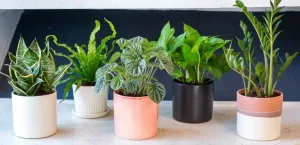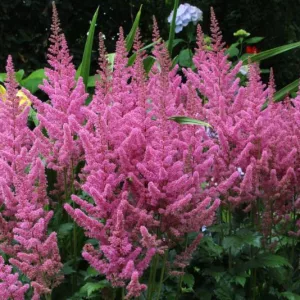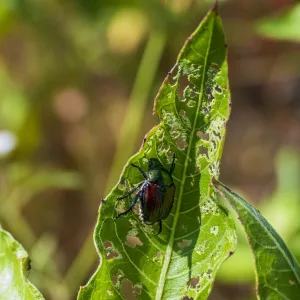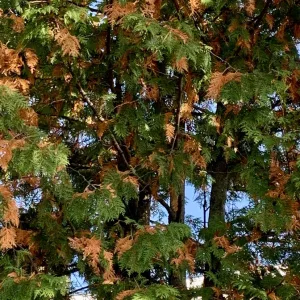I have always been fascinated by how so many ‘new’ trends are just previous fads having come around to popularity again. There are numerous examples of this in the gardening world too. Sometimes it is just a new generation being all fired up about a certain plant category and other times circumstances around the world influence popularity of a plant group.
A trend that was growing but really exploded during this pandemic was the resurgence in the love of houseplants. It was certainly pushed on by the fact that so many people were isolated indoors. The opportunity to nurture a plant and watch it thrive was very gratifying. Houseplants also add a tangible breathe of life to the small space that became so many peoples’ world.
I have loved and nurtured houseplants through many ebbs and flows of popularity. My mother had an amazing green thumb. We grew up with houseplants throughout our home. I still have a Rabbits Foot fern that was hers. I treasure that plant. I am sure that many of you have plants such as this, that have been loved, nurtured, propagated, and passed down through generations of your family.
I belong to several houseplant Facebook groups and enjoy seeing posts of all kinds. One recently highlighted incredibly old plants that have been in a family for generations.
There are a few local groups that are continually active. Members offer advice, share plants, and mentor new houseplant parents. Although this platform is not for everyone, those who belong certainly show a passion for houseplants that has enjoyed a huge resurgence.
Unfortunately, with any type of gardening, pests can be an issue. The main one I am getting asked about, and I see surfacing time and time again in these groups, is dealing with fungus gnats. I know I have occasionally had a problem with this pest.
Fungus gnats breed in moist soil and other wet areas around your home. First, ensure you eliminate the wet spots in the bathroom and kitchen. For your plants themselves, allow the soil surface to dry completely between watering, if your specific plants will tolerate that.
Ensure the pots you use have drainage holes, so moisture doesn’t build up in the bottom of containers and wick to the surface. If the pot you are growing in sits inside a decorative container with a solid bottom, be sure to dump out excess moisture 20 minutes after watering your plants. You can also remove the inner pot, water your plants, and set them back once excess moisture has totally drained away.
If you do have an outbreak of fungus gnats, there are several ways to combat the problem. Yellow sticky cards can be put around plants to trap adults. Beneficial nematodes applied in solution can target larvae that lives in the soil. The nematodes are available in a kit that includes sticky cards.
Mosquito Dunks can also be used indoors for this pest too. They contain Bacillus thuringiensis israelensis (BTI for short) that will kill fungus gnat larvae.
One way to use them is to cut the dunk in to quarters. Set one quarter of a dunk in a 1 gallon of water and allow it soak overnight. If part of the Dunk is there in the morning, remove it, allow it to dry and store to reuse. Pour this treated water in a watering can and use it to water your houseplants. Repeat once per week to keep the fungus gnats away.
Another control method is to pour white vinegar into a small dish and mix in some dish soap. Place the dish on the soil surface or near the plant. The gnats will be attracted to the vinegar, and the dish soap will make it hard for them to get out. Change out the solution as often as needed as it fills with gnats.
If you have pets at home, use a covered container with small hole poked in the lid for flies to enter.




